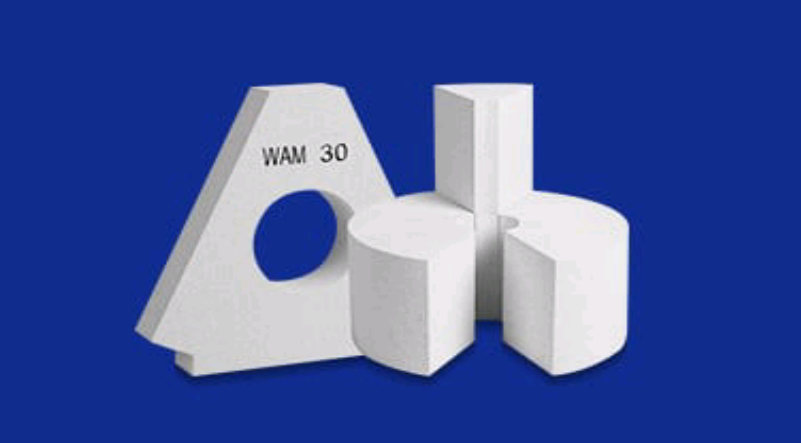The Best Solution For Energy Saving And Reducing CO2 Emission
The Best Solution For Energy Saving And Reducing CO2 Emission
 Tel: +86-532-85717690/85717352/85832089
Tel: +86-532-85717690/85717352/85832089 E-mail: wam@wamcn.net
E-mail: wam@wamcn.net
Many individuals get puzzled regarding fire bricks and insulation bricks when deciding which to use. The density of insulation bricks is lower than that of firebricks.
They are low-density bricks. They're made up of tiny air pockets that have been processed.
In comparison to alumina, it contains a high amount of silica. They are easy to cut because they are not firm.
Insulating bricks are a form of brick that can withstand hot conditions while also serving as insulation in fireboxes, furnaces, and kilns
It's also known as "refractory brick," and it's made to endure temperatures as high as 3,200 degrees Fahrenheit while only conducting a little amount of that heat to improve energy efficiency. The category of thermal insulation bricks includes insulating bricks.
IB are formed refractory products having a total permeability exceeding 40percent and an application temperature greater than 800°C.
Shuttle kilns, tunnel kilns, and lab kilns all use insulating fire bricks. Heat treatment furnaces, and also petrochemical industries such like reformers and crackers furnaces or combustion chamber linings, are further areas of application.
And you need a strong, long-lasting, and cost-effective wholesale insulating brick for your kilns and furnaces? Make an effort to buy from a well-known manufacturer.

Aluminum silicate bricks, silicate bricks, and lightweight corundum bricks are examples of insulating bricks.
Aluminum silicate insulating bricks are the most often used insulating bricks. The chemical structure of refractory bricks has a significant impact on their classification.
Generally, the higher the insulating firebrick's alumina concentration and firing temperature, the higher its categorization temperature.
Total porosity, as well as pore shape and average pore diameter, determine heat capacity. Burnt materials and moisture combine to create porosity.
Sawdust, styrene bubbles, coke, or viscose are examples of burnout materials used in producing insulating Bricks.
Optionally, raw materials and burnt materials are blended dry or with moisture. The quantity of moisture used is determined by the shaping procedure.
Moulding, slingering, casting, extrusion, or dry pressing are used to make the bricks. Massive molds are utilized in the casting process, and blocks/hoppers are cast.
After blending, the casting chemicals are handled immediately. Raw ingredients that bind to water absorb moisture out from slurry and help the green body set.
Introducing lime or cement to the mix might hasten the process. The dehydration of the green compacts requires a lot of time because of the high moisture content.
This method can be used to make lightweight bricks with a highly porous structurems ase To incrsease the number of pores, a foaming agent is be applied.
Foams are made from saponins, and foaming compounds are derived from metallic or carbide powders.
Slingering is a process which involves tossing masses in big molds or on a belt conveyor.
This method can be used to make moderately sensed insulating bricks.
Upon mixing, materials employed in the extrusion process go through mulling.
Raw materials that absorb water can be inundated with it until the mixture has a homogeneous moisture content. Afterwards, the masses are ejected via a mouthpiece, sized, and dried.
Dry pressing is normally completed in a single direction. The pressing method is well suited to the creation of high-density bricks.
The agents of permeability as well as the shaping process produce the distinctive patterns of insulating fire bricks.
Shuttle or tunnel kilns are used to fire the insulating bricks. The temperature of the fire is the same as the classifying temperature.
Even, during drying and fire, the bricks shrink. After fire, they must be chopped and ground to final size.
The design and construction of high-quality insulating bricks is one of our flagship products. Our goods are extremely long-lasting, dependable, and effective.
Kindly contact us if you require long-lasting insulating bricks with a high potency ratio to validate the efficiency of your machinery and foundries